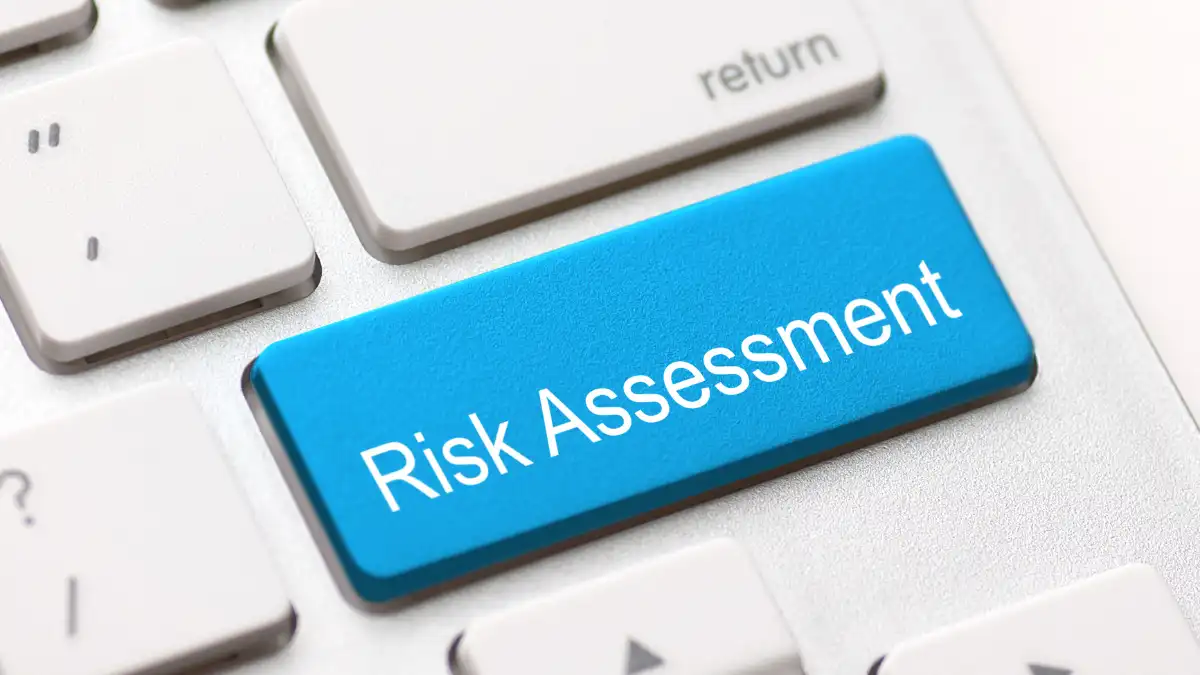When stepping into the world of investments, one of the crucial factors to consider is your risk appetite. The foundation of making informed investments is knowing your risk appetite as a new investor. The purpose of this guide is to guide you through the concept of risk appetite, so you can choose investment options best suited to your unique risk tolerance and investment goals.
What is risk appetite?
Risk appetite is the amount of risk that you are comfortable taking with your investments. It is a crucial factor to consider when making investment decisions, as it will affect the types of investments that you choose and the potential returns that you can expect.
Why is risk appetite important?
Your risk appetite is important because it determines how much volatility you can tolerate in your investments. Volatility is the measure of how much the price of an investment can go up and down in a short period of time. If you have a high risk appetite, you are more likely to be comfortable with investments that are more volatile, such as stocks. If you have a low risk appetite or are a beginner, you are more likely to be comfortable with investments that are less volatile, such as bonds or debt mutual funds
How to determine your risk appetite
There are a few ways to determine your risk appetite. One way is to take a risk assessment quiz or questionnaire. These quizzes can help you to assess your attitude towards risk and to determine the types of investments that are right for you.
Another way to determine your risk appetite is to consider your financial goals. If you need your investments to provide you with income in the near future, then you will need to choose investments that are less risky. If you have a longer time horizon, then you can afford to take on more risk, as you have more time to recover from any losses.
Investment options for different risk profiles
Once you have determined your risk appetite, you can start to consider different investment options. Here are some investment options for different risk profiles:
- Conservative Investors:
- Investment Options: Fixed Deposits, Government Bonds, Debt Mutual Funds.
- Characteristics: Prefer low-risk investments, prioritize capital preservation over high returns.
- Moderate Investors:
- Investment Options: Balanced Mutual Funds, Blue-Chip Stocks, Hybrid Funds.
- Characteristics: Willing to take moderate risks for potentially higher returns.
- Aggressive Investors:
- Investment Options: Equity Mutual Funds, Individual Stocks, Sector Funds, Commodities, and Derivatives
- Characteristics: Comfortable with high risk for the possibility of substantial long-term growth.
Diversification: The Key to Reducing Risk
Warren Buffett, one of the most successful investors of all time, once said, “Do not put all of your eggs in one basket.” This is a simple but powerful reminder of the importance of diversification. By diversifying your portfolio irrespective of your risk profile, you are reducing your risk of losing all of your money if one asset or market performs poorly.
There are several ways to diversify your portfolio. You can invest in different asset classes, such as stocks, bonds, gold, mutual funds and real estate. You can also invest in different industries, such as information technology, healthcare, Energy and FMCG. Or you can invest in international markets, such as the United States, Europe, and Asia.
Diversification depends on your risk appetite. If you are a conservative investor, you may want to focus on less risky assets, such as bonds and cash. If you are a more aggressive investor, you may want to invest in a wider range of assets, including stocks, F&O and commodities.
Regardless of your risk appetite, diversification remains a crucial aspect of any investment strategy. By diversifying your portfolio, you lower risk and increase your likelihood of reaching your financial objectives.
Remember, your risk appetite may change as you age. Regularly reviewing and adjusting your investments according to your risk appetite is essential.
Consulting with a Financial Advisor
If you find it challenging to assess your risk appetite or determine suitable investments, consider seeking advice from a qualified financial advisor. A professional advisor can help create a personalized investment strategy aligned with your goals and risk tolerance.
Final Thoughts
Understanding your risk appetite is fundamental to becoming a successful investor. By knowing your comfort level with risk and aligning your investments accordingly, you can build a well-balanced portfolio that works toward achieving your financial objectives. Remember that investing involves both rewards and risks, and staying disciplined and patient throughout your journey is key to long-term success.

